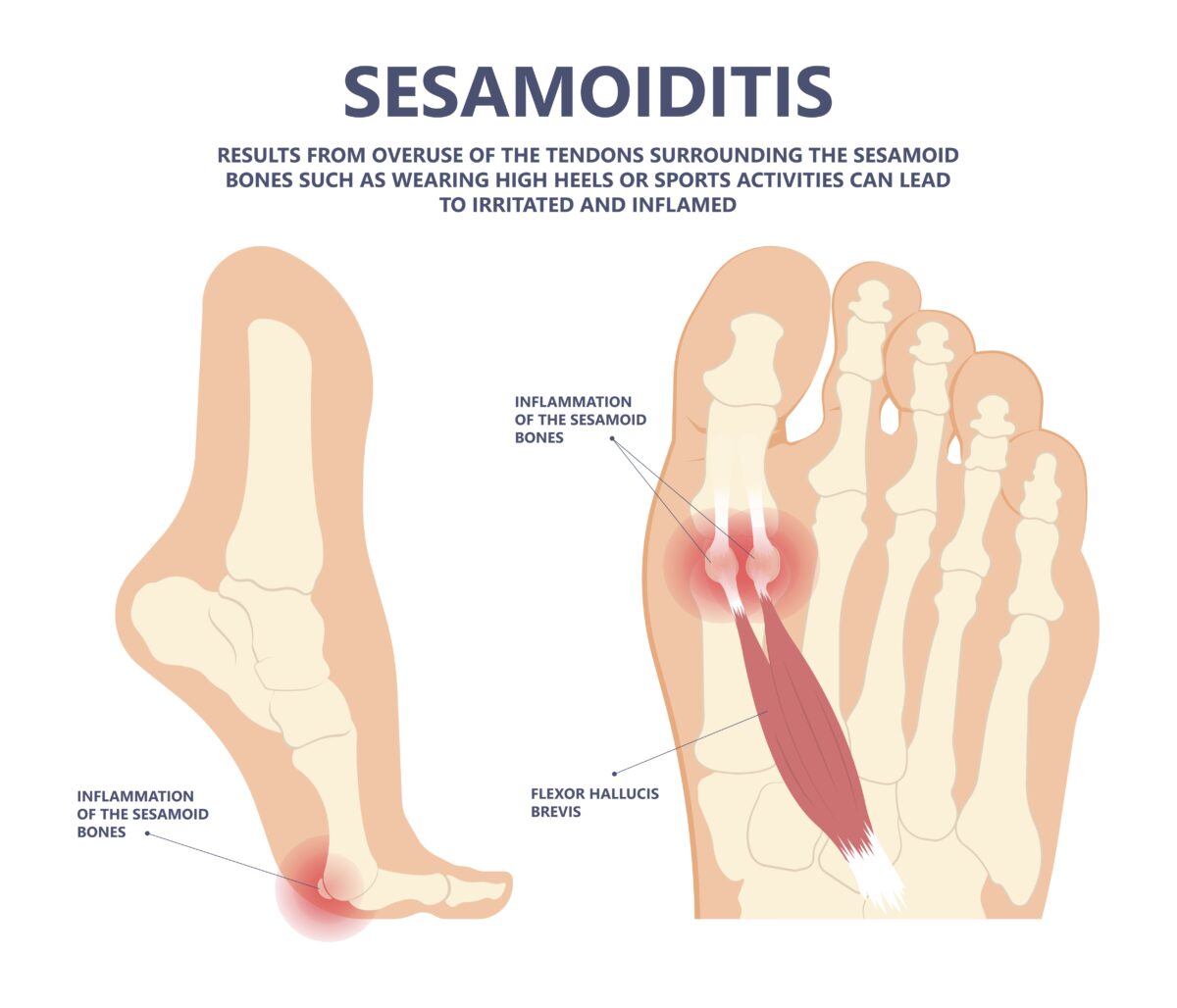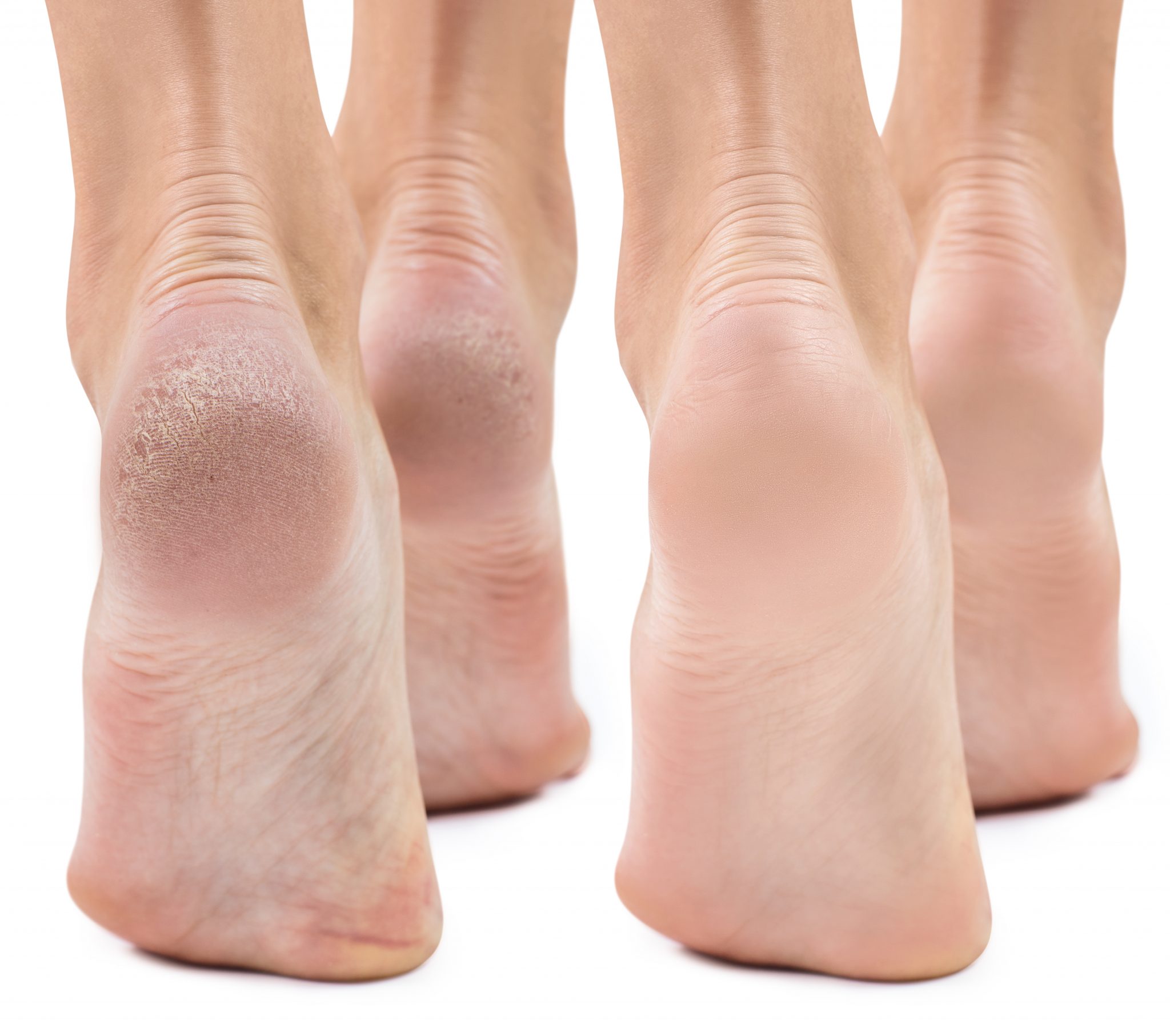Discover transformative exercises and footwear tips for hammertoe relief. Embrace a pain-free lifestyle with expert advice on managing and preventing hammertoe. Dive into our guide for groundbreaking solutions.
Introduction
Welcome to our in-depth guide on managing and relieving hammertoe, a common foot deformity that can cause significant discomfort and pain. Whether you’re looking to enhance toe flexibility, strengthen your feet, or find the perfect footwear for comfort, our expert advice is here to transform your foot health. Dive into our comprehensive strategies, from targeted exercises to optimizing your shoe selection, and take the first step towards a pain-free life.
Table of Contents
Which Exercises can Give Hammertoe Relief?
Incorporating exercises into your daily routine can offer significant relief from hammertoe symptoms, enhancing toe flexibility, strength, and overall foot health. Have a look on the below exercises to get a pain free feet:
Extended Toe Stretches for Hammertoe Relief
Objective: To alleviate the discomfort and stiffness often accompanying hammertoes, engage in a detailed toe stretching routine.
How to Perform:
- Begin by sitting comfortably with your feet flat on the ground.
- Gently grasp each toe, one at a time, and carefully pull them towards you, stretching them away from the foot’s sole.
- Hold each stretch for a count of 15-30 seconds, ensuring you feel a gentle pull without causing pain.
Outcome: This exercise promotes flexibility and can significantly reduce the symptoms associated with hammertoes.
Advanced Towel Curl Exercises
Objective: Strengthen the muscles beneath your feet and in your toes with an advanced towel curl exercise.
How to Perform:
- Lay a towel flat on the floor before you and place the toes of one foot on the edge of the towel.
- Attempt to scrunch the towel towards you by curling your toes, dragging the towel along the floor.
- Perform this exercise for three sets of 10 repetitions for each foot.
Outcome: This not only strengthens the underfoot muscles but also aids in the flexibility of the toes, countering the effects of hammertoes.
Marble Pickup for Enhanced Toe Dexterity
Objective: Improve your toe’s flexibility and strength with a marble pickup exercise.
How to Perform:
- Scatter a handful of marbles or similar small objects on the floor.
- Using only your toes, pick up each marble and transfer it into a bowl positioned nearby.
- Aim to complete three sets of 10 pickups per foot.
Outcome: This exercise not only boosts toe dexterity but also strengthens the small muscles in your feet, crucial for managing hammertoes.
Targeted Toe Extensions with Resistance
Objective: For targeted strengthening of the muscles responsible for straightening the toes, incorporate toe extensions with resistance into your routine.
How to Perform:
- Place a rubber band around the toes of one foot, providing slight resistance.
- Carefully attempt to straighten your toes against the resistance of the rubber band.
- Perform three sets of 10 repetitions for each foot.
Outcome: This exercise is particularly effective in strengthening the muscles around the toes, offering relief from hammertoe symptoms.
Soothing Ball Roll for Foot Tension Relief
Objective: To relieve tension and improve circulation in the feet, a soothing ball roll exercise is highly recommended.
How to Perform:
- Take a small ball, such as a golf ball, and place it under your foot.
- Gently roll the ball under the entire surface of your foot for 2-3 minutes, focusing on massaging the arch, heel, and toes.
Outcome: This exercise can be incredibly relaxing and beneficial for easing foot tension, promoting blood flow, and alleviating some of the discomfort associated with hammertoes.
Optimizing Footwear for Hammertoe Comfort and Relief

Navigating the world of footwear can be a game-changer in your journey to managing hammertoes with ease and comfort. Let’s dive into some tailored advice to help you select the perfect pair of shoes, transforming how your feet feel every step of the way:
Embrace the Space with a Wide Toe Box
Imagine giving your toes their own room to breathe and move freely. Shoes boasting a wide toe box are your best friends, allowing your toes the luxury of spreading out naturally. This spacious environment not only wards off the progression of hammertoes but also significantly cuts down on discomfort. Say goodbye to the squeeze and hello to happy, healthy toes.
Softness That Hugs Your Feet
Your feet deserve the gentle embrace of shoes crafted from soft, flexible materials. Think of it as footwear that molds to the unique contours of your feet, minimizing those nagging pressure points and offering your toes a cozy, snug haven. It’s all about creating a stress-free zone for every part of your foot.
The Low-Down on Heels
Elevating your style shouldn’t mean sacrificing your comfort. High heels often shift undue pressure to the front of your feet, aggravating hammertoe discomfort. Opting for chic, low-heeled shoes (think less than 2 inches) can make a world of difference, ensuring your body weight is distributed more harmoniously. Keep your style and comfort in perfect balance.
Customize Your Fit with Adjustable Features
As the day progresses, your feet might swell, demanding a little extra room to stay comfortable. Shoes equipped with adjustable straps or laces are the solution, offering you the flexibility to customize the fit as needed. It’s like having a tailor at your feet, ensuring your shoes adapt to you, not the other way around.
Orthotic-Friendly: Your Personalized Comfort Solution
Not all shoes are created equal, especially when it comes to accommodating orthotic devices. If you’re using custom orthotics prescribed by your podiatrist, seek out shoes designed to welcome these supportive friends with open arms. It’s about creating a perfect partnership between your footwear and orthotics, aiming for targeted support and relief right where you need it.
Arch Support: The Foundation of Every Step
A strong foundation is key to any structure, including your feet. Shoes with excellent arch support play a pivotal role in evenly distributing pressure across your foot, easing the workload on your toes. It’s an investment in the structural integrity of your foot, promoting a more natural, strain-free movement.
Evaluating the Need for Surgery in Hammertoe Cases
When traditional methods like exercises, orthotics, and well-chosen footwear fall short in providing relief from hammertoes, surgery emerges as a strategic option. The primary aim of surgical intervention is to alleviate discomfort, rectify the deformity, and enhance toe functionality. Below is a detailed exploration of the surgical avenues for hammertoes, including the variety of procedures available, what to anticipate during recovery, and the expected long-term results.
Surgical Interventions for Hammertoes
A range of surgical techniques is at your disposal, contingent on the deformity’s severity and whether the hammertoe remains flexible:
Tendon Transfer
Who It’s For: Best suited for those with flexible hammertoes, where the toe retains some movement at the joint.
What Happens: This technique reroutes tendons from the toe’s underside to the top, effectively pulling the bent joint into a straighter alignment.
Expected Results: Aims to restore balance in the toe’s forces, correcting the deformity while preserving flexibility.

Joint Resection (Arthroplasty)
Who It’s For: Recommended for individuals with stiffer, more rigid hammertoe conditions.
What Happens: The procedure entails removing part of the joint, often the protruding or distorted segment, to allow the toe to extend fully.
Expected Results: By excising the malformed joint portion, the toe can straighten, mitigating the discomfort and pain linked to hammertoes.

Fusion (Arthrodesis)
Who It’s For: Reserved for the most severe hammertoe cases, especially when other remedies have been ineffective, and the toe is inflexible.
What Happens: The affected joint’s bones are fused, eliminating the cartilage and securing the bones together with hardware until they unite into a single, straightened structure.
Expected Results: This operation permanently straightens the toe but also renders the joint immovable.

Implantation of Devices
Who It’s For: Applicable for various hammertoe scenarios, particularly when it’s crucial to maintain the toe’s position as it heals.
What Happens: Surgeons insert devices like pins, rods, or screws to secure the toe in the correct alignment during recovery. These can be temporary or permanent.
Expected Results: The main objective is to ensure the toe remains stable and properly aligned throughout the healing process.

The Recovery Journey
The path to recovery post-hammertoe surgery varies, influenced by the specific procedure and the patient’s health:
Immediate Aftercare: You may need to wear a specialized surgical shoe or boot initially to protect and correctly position the toe. It’s common to experience swelling, bruising, and some discomfort, manageable with prescribed medications.
Rehabilitation: Physical therapy exercises are often recommended to regain strength and mobility.
Timeline: Full recovery spans from several weeks to a few months, with patients usually able to walk in a surgical shoe shortly after surgery, though returning to full activities might take longer.
Long-Term Prospects
Generally, patients enjoy favorable outcomes post-surgery:
Pain Relief: A significant reduction or complete alleviation of pre-surgery pain and discomfort is common.
Functional and Aesthetic Improvement: The surgery addresses the deformity, enhancing both the function and appearance of the toe and foot.
Activity Resumption: Most individuals can resume their usual activities, including wearing standard shoes, though high heels might still be off-limits.
Pre-Surgery Considerations
Setting Realistic Expectations: Understanding the surgery, recovery process, and potential risks is crucial. Have an in-depth discussion with your surgeon.
Choosing the Right Surgeon: Opt for a surgeon with extensive experience in foot and toe surgeries for optimal outcomes.
Awareness of Risks: Like all surgeries, potential risks include infection, nerve damage, or the need for further surgical interventions.
Embracing Lifestyle Changes for Hammertoe Management and Prevention
Transforming your daily habits can play a pivotal role in keeping hammertoes at bay or easing their discomfort. It’s not just about the immediate fixes; it’s about integrating changes into your lifestyle that foster foot health and prevent the progression of hammertoes. Let’s dive into some practical strategies that can make a real difference.
Essential Lifestyle Tweaks
Embrace Weight Wellness
Keeping your weight in a healthy range is more than just good for your overall health—it’s a boon for your feet too. Less weight means less pressure on your feet and toes, significantly lowering the risk of developing hammertoes. It’s a simple equation: lighter load equals happier feet.
Conduct Regular Foot Audits
Make it a habit to examine your feet regularly for any signs of change or the onset of hammertoes, particularly if you’re managing diabetes or any other condition that impacts foot health. Early detection is your best defense, allowing for timely interventions.
Step Away from High Heels
While high heels might elevate your style, they can also elevate your risk of hammertoes. Opt for fashion that favors your feet—choose shoes with ample support, a wide toe box, and keep those heels low and comfortable. Your feet will thank you for the reprieve.
Incorporate Foot Yoga
Think of daily foot stretches and massages as yoga for your feet. These practices not only enhance flexibility and circulation but also help counteract the muscle imbalances that often lead to hammertoes. Dedicate time each day to stretch and soothe your feet; they carry you through life, after all.
Keep Moving
Regular exercise isn’t just for fitness enthusiasts; it’s crucial for maintaining healthy feet. Activities that promote a healthy weight, foot strength, and flexibility contribute significantly to preventing hammertoes. Whether it’s walking, swimming, or cycling, find joy in staying active.
Weight Management
Maintaining a healthy weight can reduce the pressure on your feet and toes, lessening the risk of hammertoes.
Regular Foot Inspections
Regularly inspect your feet for any changes or signs of developing hammertoes, especially if you have diabetes or another condition that affects foot health.
Avoid High Heels
Limiting the wear of high heels and opting for shoes with proper support and a wide toe box can prevent the formation and worsening of hammertoes.
Foot Stretches and Massages
Incorporating daily foot stretches and massages can improve foot flexibility and circulation, reducing the risk of muscle imbalances that lead to hammertoes.
Stay Active
Engaging in regular physical activity helps maintain healthy weight and improves foot strength and flexibility, contributing to overall foot health.
FAQ Section
Q: What are the best exercises for hammertoe relief? A: Extended toe stretches, advanced towel curl exercises, marble pickups, targeted toe extensions with resistance, and soothing ball rolls are highly effective for improving flexibility and strength.
Q: How can I optimize my footwear for hammertoe comfort? A: Look for shoes with a wide toe box, made from soft, flexible materials, and offer good arch support. Adjustable features and orthotic-friendly designs can also provide significant relief.
Q: Is surgery necessary for hammertoe? A: Surgery is considered when traditional methods fail to provide relief. Options include tendon transfer, joint resection, fusion, and implantation of devices, depending on the severity and flexibility of the hammertoe.
Q: Can lifestyle changes prevent hammertoe? A: Yes, maintaining a healthy weight, regular foot inspections, avoiding high heels, incorporating foot stretches, and staying active can help prevent the progression of hammertoes.
Conclusion
Managing hammertoe doesn’t have to be a daunting task. With the right exercises, footwear, and lifestyle adjustments, you can significantly reduce discomfort and improve your foot health. Remember, early intervention is key to preventing further complications. Embrace these strategies, and step into a more comfortable, active life.









